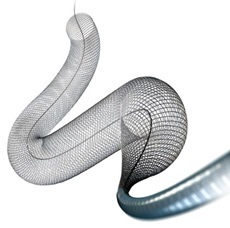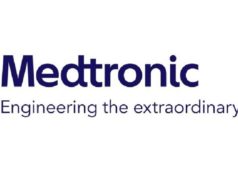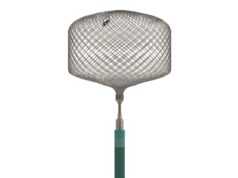
Medtronic has issued an urgent medical device recall letter recommending that its customers do not deploy unused Pipeline Vantage 027 devices due to concerns over an increased risk of incomplete wall apposition and braid deformation. The company has also issued an update to the instructions for use (IFU) for its Pipeline Vantage 021 devices, advising that healthcare providers read and apply this updated IFU when completing any future procedures with these devices.
In an announcement dated 18 March 2025, the US Food and Drug Administration (FDA) has identified this as “the most serious type” of medical device recall. More information on specific catalogue and serial numbers for all affected devices, as well as relevant contact information and US FDA resources, can be viewed here.
The announcement details that, on 30 January this year, Medtronic Neurovascular sent all of its affected customers a letter advising them not to use the outlined models of the Pipeline Vantage embolisation device with Shield technology (027 compatible), and to remove and quarantine all affected unused products and return them to Medtronic.
In addition, the letter recommends that Medtronic’s affected customers download and review labelling updates M067713CDOC2 Rev A (01/2025)—or M056989CDOC2 Rev A—for the Pipeline Vantage embolisation device with Shield technology (021 compatible). The updated IFU was provided to healthcare providers by Medtronic and is also available here on the company’s manuals website.
The updates regarding the Pipeline Vantage 021 devices aim to help achieve “optimal device size selection and stent braid deployment to reduce the risk of complications and patient harms by lowering the incidence of incomplete wall apposition and/or braid deformation”. Notable revisions to the IFU include considerations over the appropriate selection of device diameter and length, accounting for complex anatomies; techniques for deploying the Pipeline Vantage compared to the Pipeline Shield using a balance of device tension and compression, aiming to achieve adequate wall apposition in—for example—more tortuous vessels; and warnings about the consequences of incomplete wall apposition and suboptimal deployment as well as the increased risk of braid deformation in female patients, and in female patients younger than 45 years of age in particular.
Medtronic’s recall letter also states that, for patients who have already been implanted with Pipeline Vantage 027 and 021 devices, the treating physician should determine the need for follow-up imaging or changes to medical management based on the patient’s overall health. This includes weighing the risks of dual antiplatelet therapy against potential risks for braid deformation, the company adds.
“Medtronic Neurovascular is recalling 027-compatible Pipeline Vantage embolisation devices and updating use instructions for 021-compatible Pipeline Vantage embolisation devices due to reports of a higher incidence of the flexible, braided tube part of the device failing to properly attach or stay attached to the blood vessel wall (incomplete wall apposition and/or braid deformation) during and after procedures using these devices,” the US FDA’s recent announcement details. “Incomplete wall apposition and braid deformation, also sometimes called fish-mouthing, braid narrowing, or braid collapse, are known risks of these devices. The risks were higher in females, especially those younger than 45 years of age.
“The use of affected products may cause serious adverse health consequences, including thrombosis, stroke, or death. There have been 13 reported injuries and four reports of death related to the 027-compatible Pipeline Vantage embolisation device. There have been four reported injuries and no reports of death related to the 021-compatible Pipeline Vantage embolisation device.”
Pipeline Vantage embolisation devices with Shield technology are used in the endovascular treatment of aneurysms in the blood vessels of the brain.









